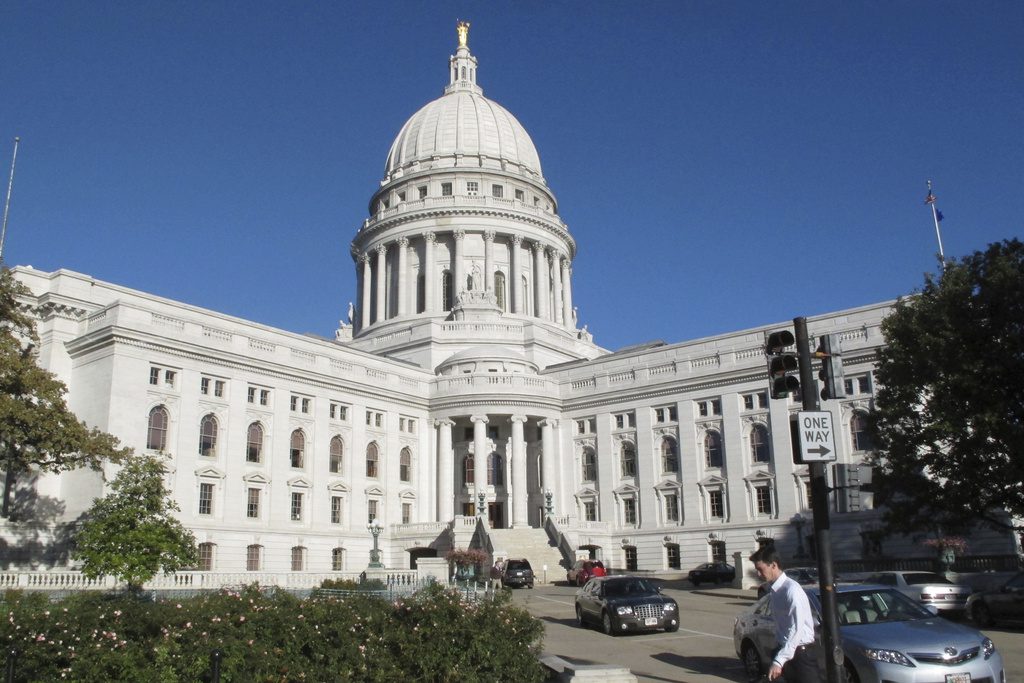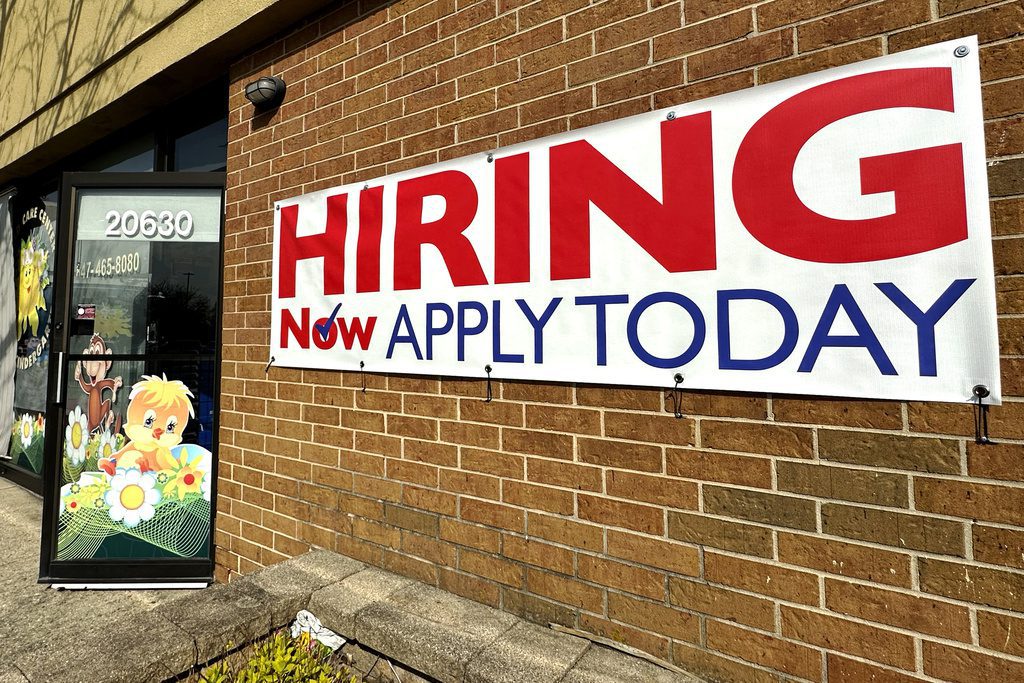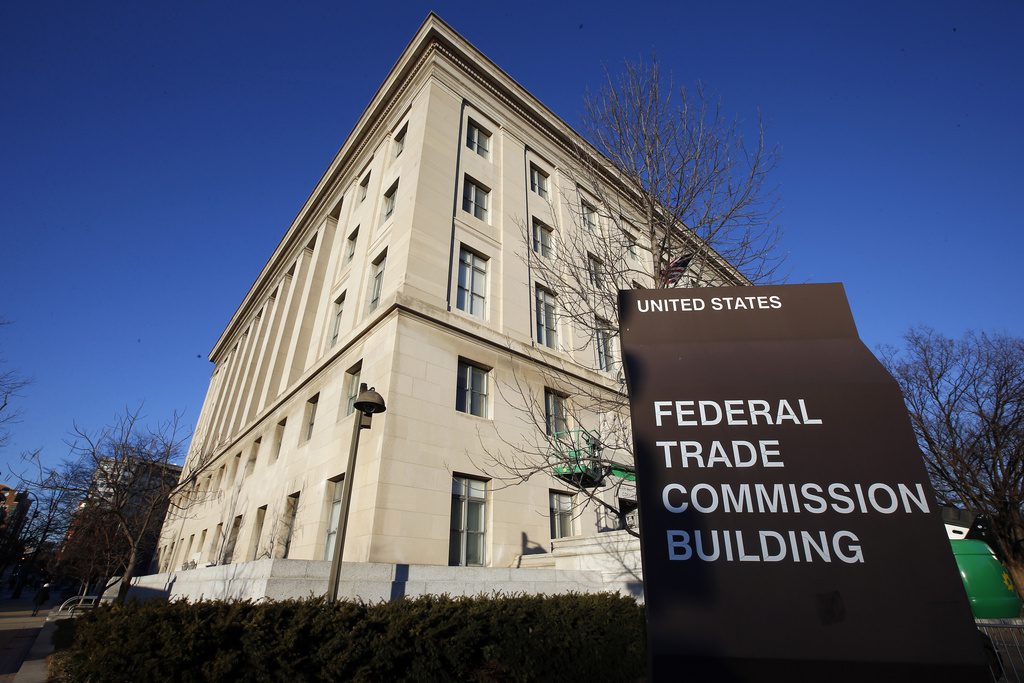
#image_title
#image_title
Taxpayer backlash as state tab for voucher schools hits $350 million
County Board resolutions honoring a ceremonial week or month are almost never contentious. But that changed when taxpayers spoke out last month against voucher schools and the growing tab that comes at the expense of the state’s public school districts. There would be no honorary resolution from the Eau Claire County Board marking an upcoming “School Choice Week.”
That discussion followed a report by the state Department of Public Instruction showing Wisconsin taxpayers will spend $349.6 million on school vouchers this school year, up from $302 million the previous year. A total of 43,450 students are receiving voucher funds this year, an increase of 3,411, or 8.5 percent, from last school year..
Concerns about the impact of that funding shift on public schools surfaced at a December meeting of the Eau Claire County Board, where residents spoke against a resolution proclaiming Jan. 26 to Feb. 1 as Eau Claire County “School Choice Week.” Speakers told board supervisors that school choice is just another term for voucher schools, and that taxpayer funding for those schools hurts Wisconsin’s public schools.
After hearing from eight speakers, County Board supervisors voted 24-2 against the measure. The city of Eau Claire is home not only to a public school district but to the Regis Catholic Schools system, where 182 of the 800 students (22.8 percent) enrolled this school year receive voucher scholarships, according to DPI data.
The County Board action in Eau Claire is a sign that public school advocates are being increasingly vocal about the expansion of private school vouchers at the expense of public school districts and making taxpayers fund two different education systems.
The Eau Claire backlash is not an isolated event, said Heather Dubois Bourenane, executive director of the nonprofit Wisconsin Public Education Network.
“The expansion of voucher schools across Wisconsin is definitely becoming a bigger topic of concern,” Dubois Bourenane said. “As the voucher program continues to expand every year, more people are realizing the old myth about this just being a program that only impacts Milwaukee kids just isn’t true … It impacts all of us.”
Chris Hambuch-Boyle, a former Eau Claire school district educator who works on education issues throughout Wisconsin and is a member of several education organizations, said she too is hearing growing concerns about the voucher program. Hambuch-Boyle was among the speakers in support of public schools at the Eau Claire County Board meeting.
“There are more and more people across the state talking about this issue,” Hambuch-Boyle said. “More people are becoming aware that their tax money is supporting private education at the expense of public school students, and they’re not happy about it.”
The first voucher program was instituted in Milwaukee in 1990. It grew to include the Racine school district in 2011 and was expanded across the state two years later. There is also a voucher program for special needs students.
Increased spending for voucher schools means less funding available for the state’s 421 public school districts. Every one of those districts is impacted to some extent because voucher school dollars come from the same state budget fund that pays public schools. Voucher disbursements are made first, before public school disbursements occur.
In addition, the cost of private voucher schools to taxpayers does not show up as a separate item on property tax bills in most communities because legislators lumped it into the levy for public school districts, making it appear that the public school district alone is responsible for tax dollars, even the money that the public school district never receives. Last year, legislative Democrats proposed listing voucher school payments on property tax bills, but Republicans refused to take up the measure.
According to DPI statistics, the state’s public school districts will lose out on $145.3 million in funding this school year to pay for voucher students. The difference between that figure and the $349.6 million voucher expenditure cost is due to the fact many voucher students already attend private schools and did not transfer from public schools.
Voucher school advocates said the program allows students who couldn’t otherwise afford to attend private schools to do so. Vouchers are especially needed in communities where public schools don’t offer a high-quality education, they said.
However, Dubois Bourenane and other public school advocates criticized the voucher program for its lack of transparency. Many students receiving voucher scholarships already attended private schools previously, calling into question why they now need taxpayer-funded vouchers.
According to the DPI, 82 percent of students receiving voucher payments this year attended private schools last year.
“In much of the state, parents are not choosing to opt from public to private schools,” Dubois Bourenane said. “Most of this money is going to kids who can already afford to go to private schools.”
Private schools receiving voucher money also are not required to show how that money was spent, a concern to Dubois Bourenane, Hambuch-Boyle and others.
Lost revenue to public schools is especially damaging, public school backers said, as many districts already struggle to provide services to students given ongoing budget difficulties made more challenging by revenue limits in place since the early 1990s.
Voucher schools receive $8,046 for students in grades K-8 and $8,692 for those in high school, according to DPI stats. The voucher program pays about $12,000 per special needs student and can exceed that figure in certain situations
Politics

Biden makes 4 million more workers eligible for overtime pay
The Biden administration announced a new rule Tuesday to expand overtime pay for around 4 million lower-paid salaried employees nationwide. The...

Biden administration bans noncompete clauses for workers
The Federal Trade Commission (FTC) voted on Tuesday to ban noncompete agreements—those pesky clauses that employers often force their workers to...
Local News

Readers Poll: Top Bowling Alleys in Wisconsin
Looking for the best bowling in Wisconsin? Look no further! Our readers have spoken in our recent poll, and we have the inside scoop on the top...

8 Wisconsin restaurants Top Chef judges are raving about
Top Chef’s 21st season is all about Wisconsin, and on-screen, it’s already apparent that the judges feel right at home here. But, while filming in...




